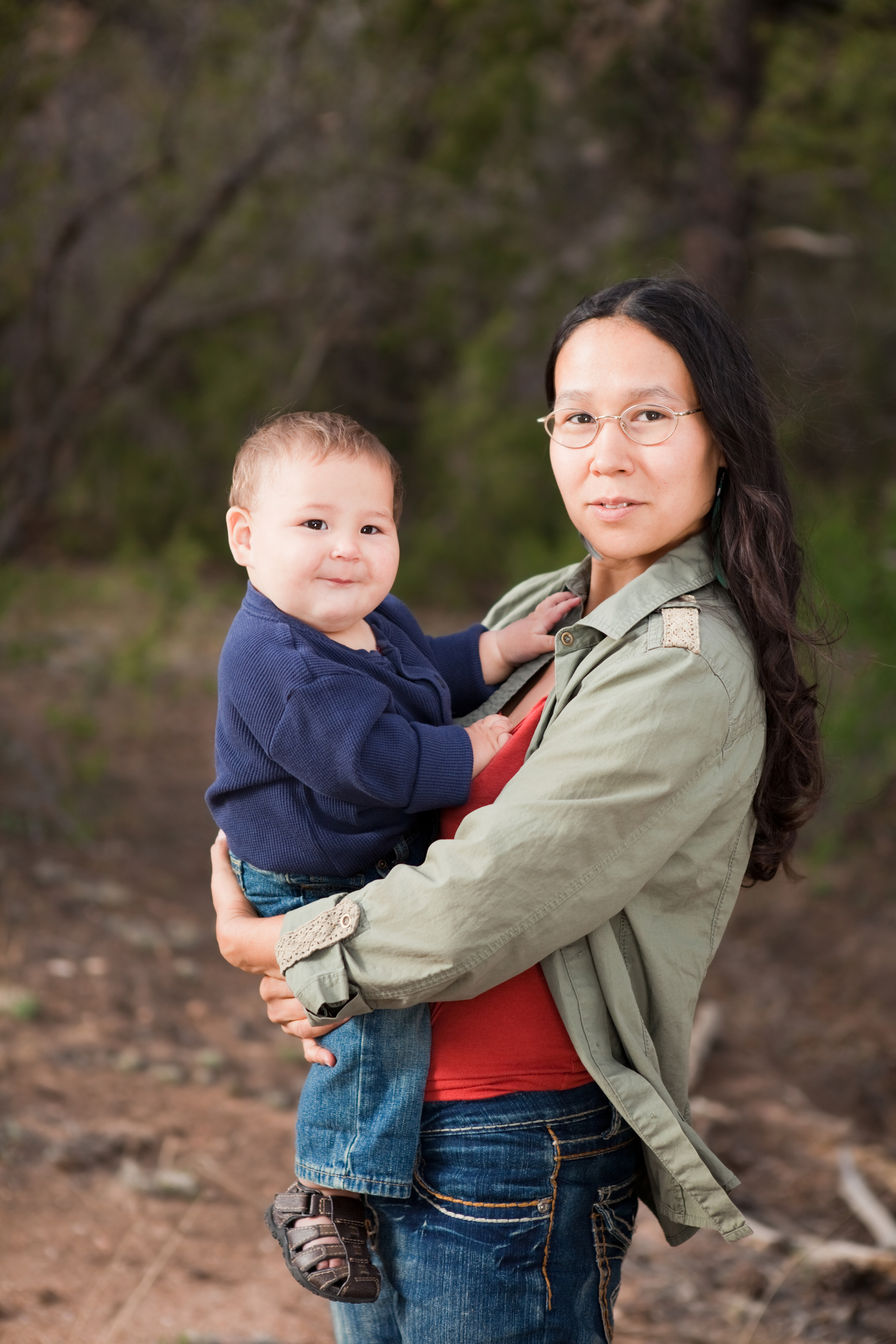ONTARIO RE-OPENING
On June 8, 2020, Ontario announced a regional approach to Stage 2 of re-opening the Province. This means Ontario will be easing restrictions in certain regions of the Province, where public health indicators show it is safe to do so. Many regions in Ontario are permitted to enter stage 2 on June 12, 2020. A full list of regions allowed to enter stage 2 is provided here:
https://news.ontario.ca/opo/en/2020/6/ontario-permits-more-businesses-and-services-to-reopen-in-the-coming-days.html
The regions not yet allowed to enter stage 2 are areas covered by the public health units of the Greater Toronto and Hamilton Area including, Durham, York, Toronto, Peel, Halton, Hamilton, and Niagara. Border regions, including Windsor-Essex, Lambton, and the region of Haldimand-Norfolk will also not be allowed to enter stage 2 this Friday. These regions will be allowed to enter stage 2 when they reach the required public health indictors, including lower rates of transmission, increased capacity in hospitals, and enhanced testing capabilities. Every Monday, Ontario will announce additional regions permitted to enter stage 2.
Effective Friday, June 12, 2020 at 12:01 a.m., every region in the Province, including those not yet ready to enter stage 2, social gatherings limitations will be increased from five to 10 people. All places of worship in Ontario will also be permitted to open with physical distancing in place and attendance limited to no more than 30% of the building capacity to ensure the safety of worshippers. Childcare centres will also be allowed to open with restrictions in place.
Stage 2 – Re-opening
Regions entering stage 2 will be permitted to re-open certain businesses, services, and activities with proper health and safety measures in place. Under stage 2, the following are able to recommence:
• Outdoor dine-in services at restaurants, bars and other establishments, including patios, curbside, parking lots and adjacent properties;
• Select personal and personal care services with the proper health and safety measures in place, including tattoo parlours, barber shops, hair salons and beauty salons;
• Shopping malls under existing restrictions, including food services re-opening for take-out and outdoor dining only;
• Tour and guide services, such as bike and walking, bus and boat tours, as well as tasting and tours for wineries, breweries and distilleries;
• Water recreational facilities such as outdoor splash pads and wading pools, and all swimming pools;
• Beach access and additional camping at Ontario Parks;
• Camping at private campgrounds;
• Outdoor-only recreational facilities and training for outdoor team sports, with limits to enable physical distancing;
• Drive-in and drive-through venues for theatres, concerts, animal attractions and cultural appreciation, such as art installations;
• Film and television production activities, with limits to enable physical
distancing; and
• Weddings and funerals, with limits on social gatherings to 10 people.
STATE OF EMERGENCY AND PUBLIC HEALTH RESTRICTIONS
Regardless of re-opening steps being implemented, Ontario’s state of emergency will remain in place until at least June 30, 2020. Physical distancing, hand hygiene and sanitation measures, and non-essential travel limitations remain in place. The recommendation to wear a nonmedical
mask or face covering when physical distancing is a challenge also remains. The U.S. – Canada border remains closed for non-essential travel until at least June 21, 2020. International borders remain closed for non-essential travel until further notice.
INDIGENOUS TESTING CENTRES
A number of mobile testing centres have opened in targeted areas and for vulnerable populations, including in Indigenous and First Nation communities. A list of Indigenous testing centres for COVID-19 is attached.
ONTARIO TESTING CENTRES
There are now over 144 COVID-19 testing centres in Ontario. Each centre and contact information is listed by city here: https://covid19.ontario.ca/assessment-centre-locations/
Anyone who wants to get tested can be tested at these centres. Testing guidelines have been expanded to include any person who is symptomatic, asymptomatic, or concerned they have the virus. Prior to going to a local testing centre, it is recommended to check if:
• they have drive-through or walk-in testing
• they will test small children or babies
• you need to make an appointment
• you need to speak to a staff member about your condition (pre-screening)
• the centre is open
The test is free. You do not need a health (OHIP) card for a test. Health officials indicate that the ideal time to get tested is one to two days after symptoms develop for testing accuracy. Testing one to seven days is after symptoms develop may yield slightly less accurate results.
Ontario’s comprehensive testing strategy is called, “Protecting Ontarians Through Enhanced Testing.” The full strategy can be accessed here: https://files.ontario.ca/moh-covid-19-protecting-ontarians-through-enhanced-testing-en-2020-05-29.pdf
INFORMATION RESOURCES
InfoPoint
The First Nation Health Managers Association has developed an information source called “InfoPoint.” It is designed for First Nation health managers as a single point of contact for credible and reliable info on COVID-19. Health managers can call the toll-free line or send an
email to ask a specific question and an answer will be sent directly to you. More information on this information source is contained in the “InfoPoint” attachment.
Toll free: 1-855-446-2719 or Email: Infopoint@fnhma.ca
Ontario COVID-19 website: https://www.ontario.ca/page/2019-novel-coronavirus
Canada COVID-19 website: https://www.canada.ca/en/public-health/services/diseases/2019-novel-coronavirus-infection.html
Chiefs of Ontario COVID-19 webpage: https://chiefsofontario.wordpress.com/
Indigenous Services Canada – COVID-19 First Nation case counts and demographic detail:
https://www.sac-isc.gc.ca/eng/1589895506010/1589895527965
*The information contained within this memo is provided for your information and usage as appropriate. It is collected from
various sources and does not necessarily reflect the concerns or positions of the AIAI First Nations.

